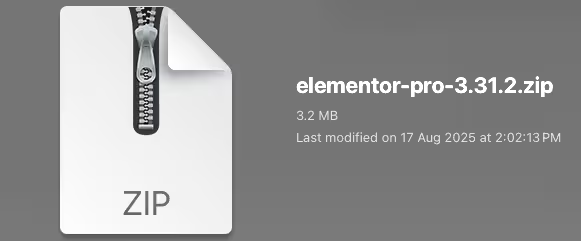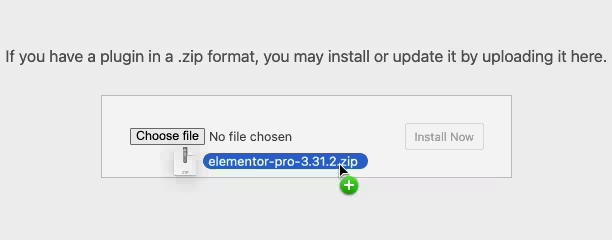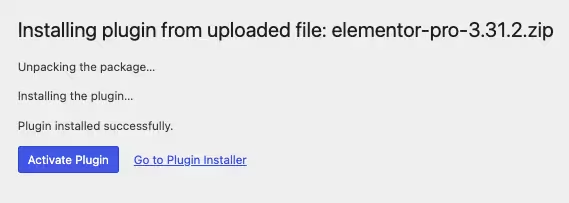User registration | Form Restriction
Updated on: November 29, 2025
Version 1.0.5

Single Purchase
Buy this product once and own it forever.
Membership
Unlock everything on the site for one low price.
Product Overview
Enhance your website's user management with the User Registration | Form Restriction plugin. This powerful tool allows you to easily control who can register on your site and what forms they can access. By implementing custom restrictions, you can create a more secure and tailored experience for your users. Whether you're running a membership site or a community forum, this plugin is designed to simplify user registration while ensuring that only the right people have access to specific content. Plus, with its intuitive interface, managing user permissions has never been easier.
Key Features
- Customizable registration forms to meet your site's specific needs.
- Easy-to-use interface for managing user access and permissions.
- Form restrictions based on user roles to enhance security.
- Conditional logic to display or hide fields based on user input.
- Email notifications for new registrations and access approvals.
- Integration with popular membership plugins for seamless functionality.
- Detailed analytics on user registrations and activity.
- Responsive design ensuring a smooth user experience on all devices.
Installation & Usage Guide
What You'll Need
- After downloading from our website, first unzip the file. Inside, you may find extra items like templates or documentation. Make sure to use the correct plugin/theme file when installing.
Unzip the Plugin File
Find the plugin's .zip file on your computer. Right-click and extract its contents to a new folder.

Upload the Plugin Folder
Navigate to the wp-content/plugins folder on your website's side. Then, drag and drop the unzipped plugin folder from your computer into this directory.

Activate the Plugin
Finally, log in to your WordPress dashboard. Go to the Plugins menu. You should see your new plugin listed. Click Activate to finish the installation.

PureGPL ensures you have all the tools and support you need for seamless installations and updates!
For any installation or technical-related queries, Please contact via Live Chat or Support Ticket.